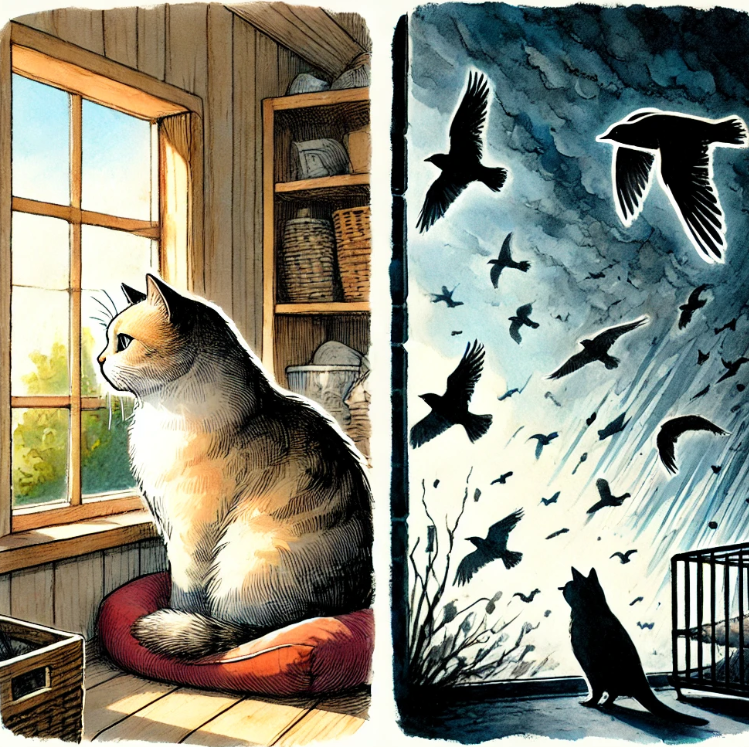
Rising Threat: Bird Flu’s Impact on Cats
The bird flu outbreak has expanded its reach beyond its avian origins, causing significant concerns for other species, including dairy cows, farmworkers, and notably, domestic cats. This recent outbreak has not only highlighted the vulnerability of cats but also emphasized the importance of vigilance and preventive measures.
Bird Flu Outbreak: A Growing Concern
In early 2017, the American Society for the Prevention of Cruelty to Animals (ASPCA) reported a temporary quarantine facility for cats in New York being exposed to bird flu. The virus, known as H5N1, first emerged in 2020 and has rapidly spread, affecting numerous wild birds and spilling over into mammals, including domestic cats. Over the past few months, the outbreak has spread swiftly through dairy cows in the United States, infecting more than 90 herds in 12 states. This spread has caused collateral damage in several species, including cats.
Cats as Early Indicators
Cats have become a critical indicator of the presence of bird flu on dairy farms. Since the detection of the dairy outbreak in late March, at least 21 cats in nine states have been reported to have caught the virus. Scientists have long known that cats are susceptible to avian influenza, but the recent surge in domestic cat infections is alarming.
Transmission and Impact on Cats
Dairy farm cats have been primarily infected by consuming raw milk from sick cows, which contains high levels of the virus. More than 80% of affected dairy farms had cats on their premises, with over half reporting sick or dead cats. Additionally, some cats have contracted the virus by preying on infected birds or consuming contaminated raw poultry. In South Korea, for instance, bird flu outbreaks at two cat shelters were linked to raw duck meat.
Severe Illness and High Mortality Rates
Bird flu infections in cats often lead to severe illness and high mortality rates. Symptoms in cats include fevers, loss of appetite, respiratory issues such as nasal discharge and pneumonia, and neurological symptoms like stiffness, tremors, and seizures. In a recent review, the new H5N1 strain showed a 67% mortality rate in cats, with some shelters experiencing devastating losses.
Potential for Transmission
The potential for cats to spread bird flu to humans or other animals remains unclear. While previous studies have shown that cats can transmit some bird flu viruses to each other and to people, there is no conclusive evidence that cats are contributing to the virus’s spread on dairy farms. However, the possibility of transmission underscores the need for further research and monitoring.
Dogs: A Lesser Risk
While dogs can also be infected by bird flu, they appear to be less susceptible than cats. In 2023, a dog in Ottawa, Ontario, died after chewing on a wild goose infected with H5N1. However, a study of hunting dogs in Washington found that very few had antibodies to the virus, suggesting that dogs are not as easily infected and may require higher doses of the virus.
Protecting Pets from Bird Flu
Pet owners can take several precautions to protect their pets from bird flu. Keeping pets indoors significantly reduces their risk of exposure. Owners should avoid feeding pets raw milk or raw meat, which can transmit the virus. For pets that go outdoors, common-sense measures such as keeping them away from sick or dead birds and removing shared food and water sources can help curb the spread. Monitoring pets for signs of illness and consulting a veterinarian if needed are crucial steps in ensuring their safety.
Conclusion
The bird flu outbreak poses a significant threat to domestic cats, highlighting the need for awareness and preventive measures. By understanding the risks and taking appropriate actions, pet owners can help protect their animals from this dangerous virus.




